-
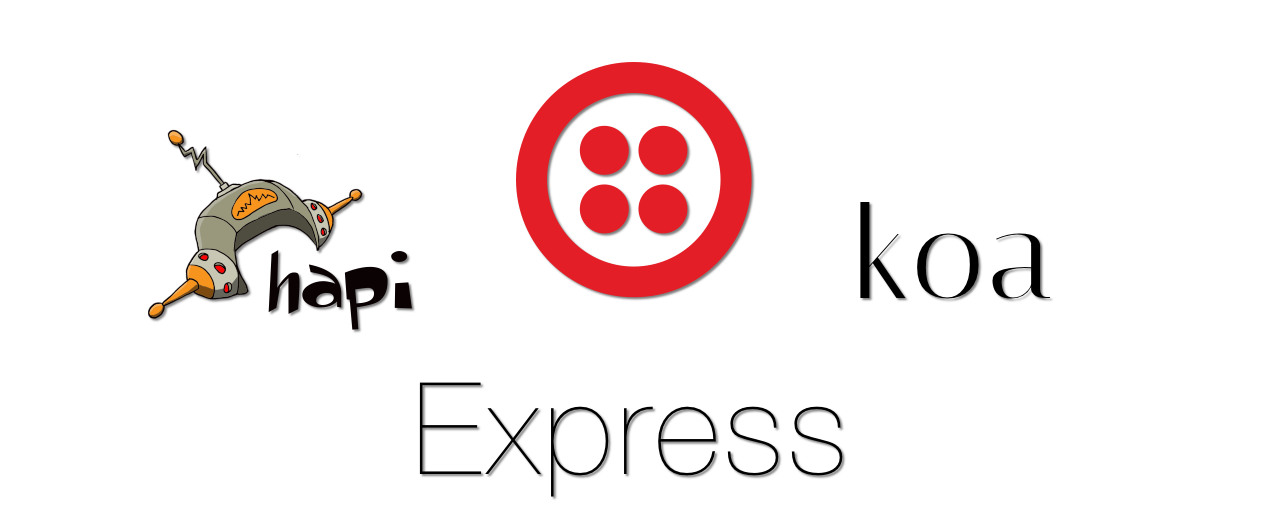 How to Receive a POST Request in Node.jsEddie Zaneski
How to Receive a POST Request in Node.jsEddie Zaneski -
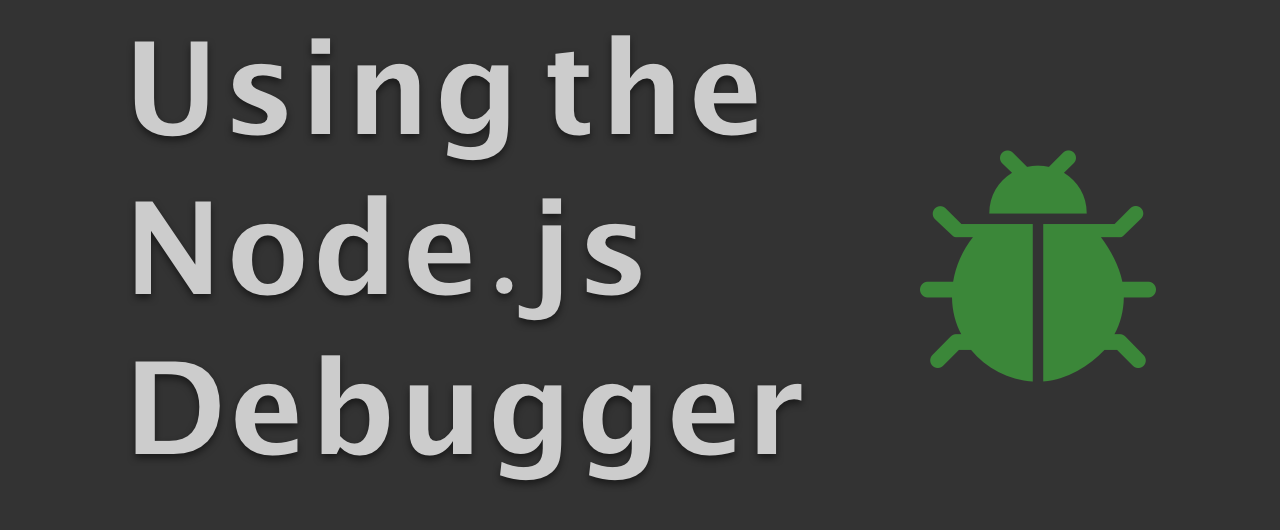 Using The Node.js Debugger For Fun And ProfitEddie Zaneski
Using The Node.js Debugger For Fun And ProfitEddie Zaneski -
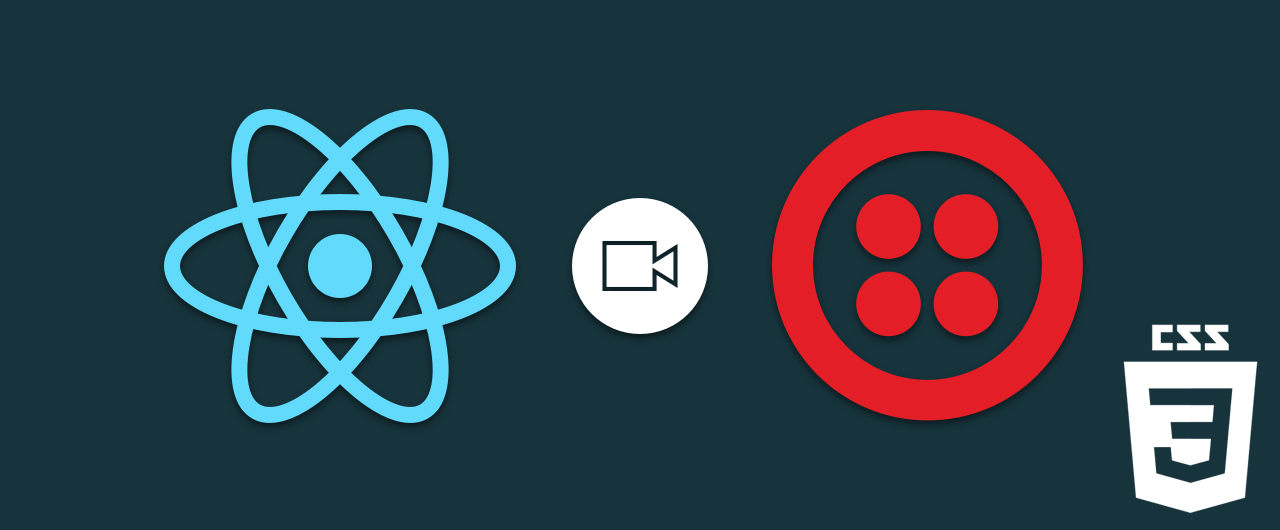 How To Add React Powered CSS Filters To Twilio VideoEddie Zaneski
How To Add React Powered CSS Filters To Twilio VideoEddie Zaneski -
 Three Out Of This World Node 6 Features You Need to Know AboutEddie Zaneski
Three Out Of This World Node 6 Features You Need to Know AboutEddie Zaneski -
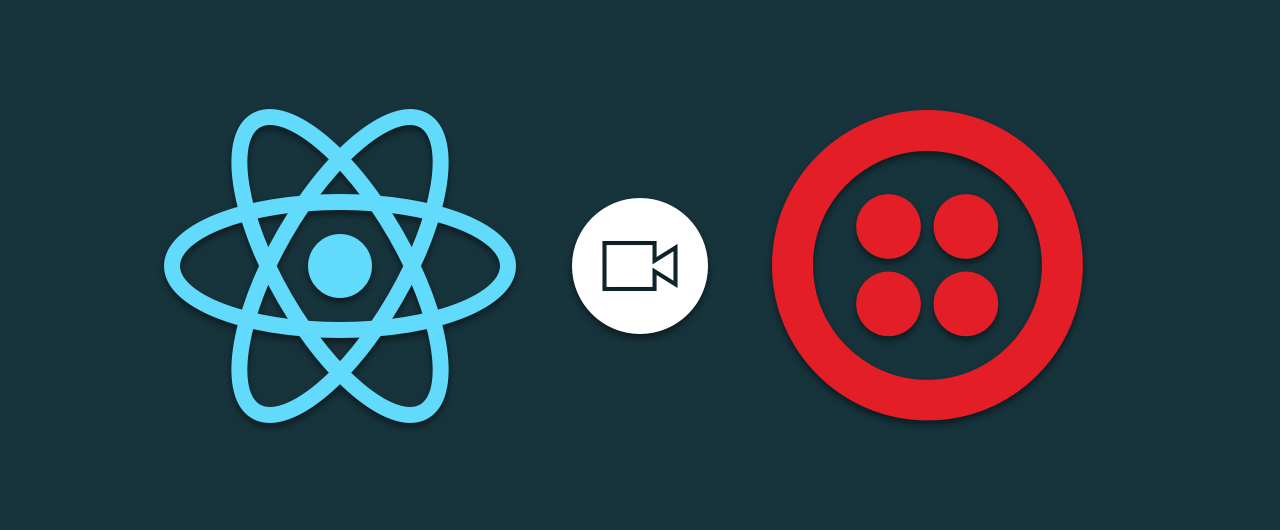 Building a React Powered Video ChatEddie Zaneski
Building a React Powered Video ChatEddie Zaneski -
 Analyzing Customer Emotions Using IBM Bluemix, Watson, and Twilio VoiceEddie Zaneski
Analyzing Customer Emotions Using IBM Bluemix, Watson, and Twilio VoiceEddie Zaneski -
 Getting Started with ClojureEddie Zaneski
Getting Started with ClojureEddie Zaneski -
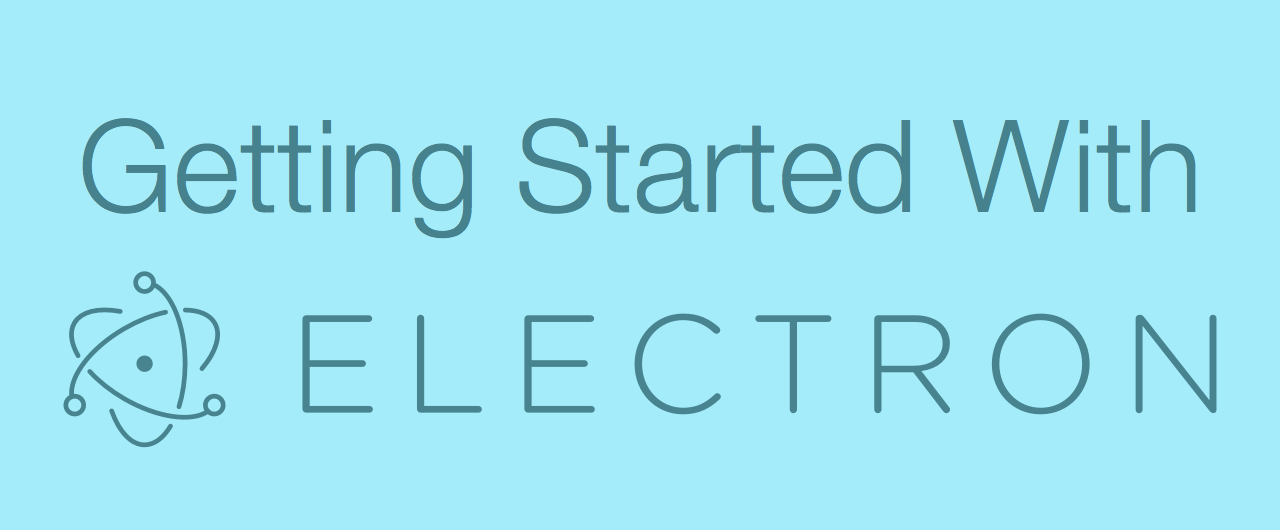 Getting Started with Electron: Building a Desktop Chat AppEddie Zaneski
Getting Started with Electron: Building a Desktop Chat AppEddie Zaneski -
 Async/Await: The Hero JavaScript DeservedEddie Zaneski
Async/Await: The Hero JavaScript DeservedEddie Zaneski